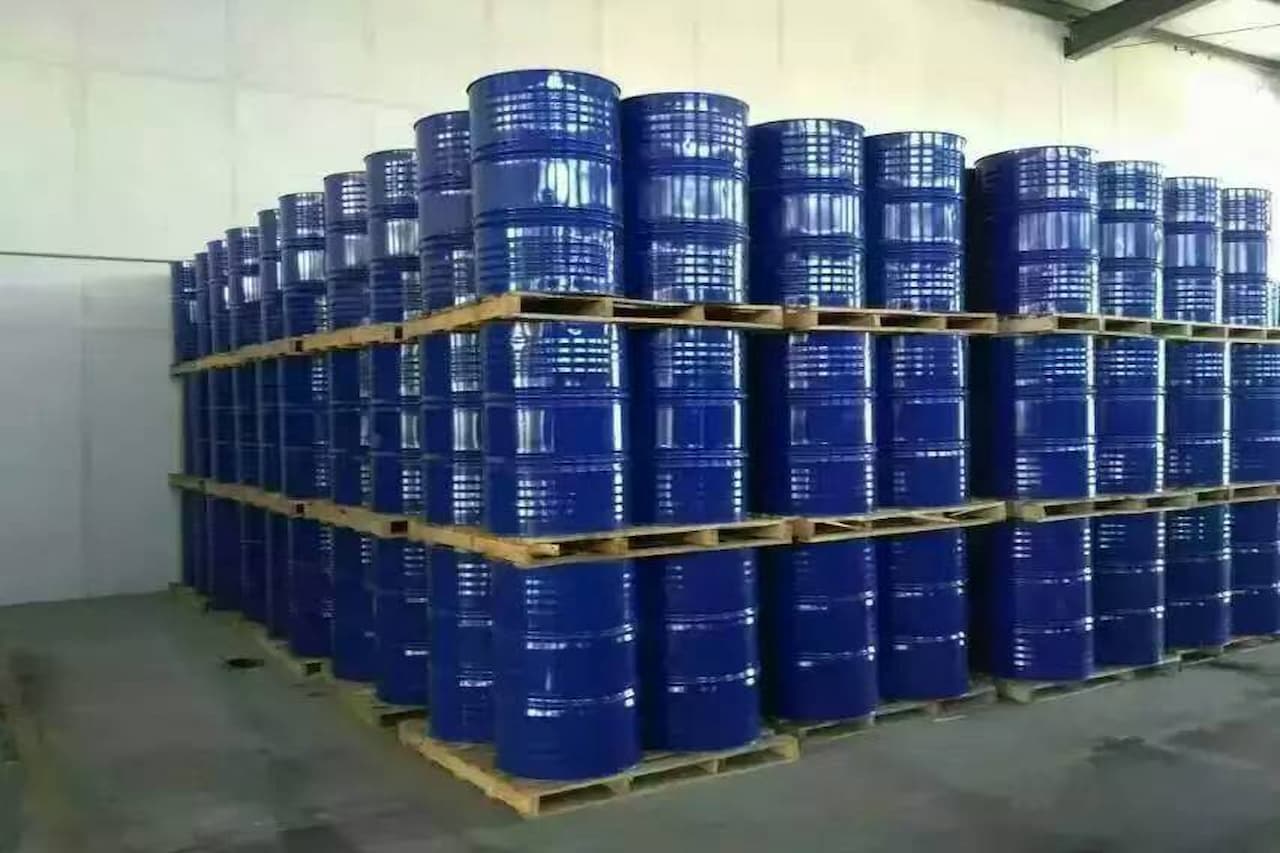Composite Material Introduction
Jan 17, 2025
There are many choices for raw materials of composite materials, including resin, fiber and core material, and each material has its own unique properties such as strength, stiffness, toughness and thermal stability, and the cost and output are also different. However, the final performance of composite materials is not only related to the resin matrix and fiber (and the core material in the sandwich structure), but also closely related to the design method and manufacturing process of the materials in the structure.
Ten common composite molding processes
1. Spraying: A molding process in which the chopped fiber reinforcement material and the resin system are sprayed into the mold at the same time and then cured under normal pressure to form a thermosetting composite product.
Typical applications: simple fences, low-load structural panels, such as convertible bodies, truck fairings, bathtubs and small boats.
2. Hand lay-up: The resin is manually impregnated into the fibers, which can be woven, braided, stitched or bonded. Hand lay-up is usually done with a roller or brush, and then the resin is squeezed into the fibers with a glue roller. The laminate is cured under normal pressure.
Typical applications: standard wind turbine blades, mass-produced boats, architectural models.
3. Vacuum bag process: The vacuum bag process is an extension of the above-mentioned hand lay-up process, that is, a layer of plastic film is sealed on the mold to evacuate the hand-laid laminate, and an atmospheric pressure is applied to the laminate to achieve the effect of exhaust and compaction to improve the quality of the composite material.
Typical applications: large-sized yachts, racing car parts, and bonding of core materials during shipbuilding.
4. Winding: Winding is basically used to manufacture hollow, round or oval structures such as pipes and troughs. The fiber bundle is impregnated with resin and wound on the mandrel in various directions. The process is controlled by the winding machine and the mandrel speed.
Typical applications: chemical storage tanks and delivery pipes, cylinders, firefighter breathing tanks.
5. Pultrusion: The fiber bundle drawn from the spool rack is dipped in resin and passed through a heating plate, where the resin is impregnated into the fiber and the resin content is controlled, and the material is finally cured into the required shape; this fixed shape cured product is mechanically cut into different lengths. The fiber can also enter the hot plate in a direction other than 0 degrees. Pultrusion is a continuous production process, and the cross-section of the product usually has a fixed shape, allowing for slight changes. The pre-impregnated material that passes through the hot plate is fixed and laid into the mold for immediate curing. Although the continuity of this process is poor, the cross-sectional shape can be changed.
Typical applications: beams and trusses of house structures, bridges, ladders and fences.
6. Resin transfer molding process: Dry fibers are spread in the lower mold, and pressure can be applied in advance to make the fibers fit the mold shape as much as possible and bonded; then, the upper mold is fixed to the lower mold to form a cavity, and then the resin is injected into the cavity. Usually, vacuum-assisted resin injection and fiber impregnation are used, namely vacuum-assisted resin injection (VARI). Once the fiber impregnation is completed, the resin introduction valve is closed, and the composite material is cured. Resin injection and curing can be performed at room temperature or under heating conditions.
Typical applications: small and complex space shuttle and automotive parts, train seats.
7. Other infusion processes: Lay the dry fiber in a similar way to the RTM process, and then lay the peeling cloth and guide net. After the layering is completed, it is completely sealed with a vacuum bag. When the vacuum degree reaches a certain requirement, the resin is introduced into the entire layer structure. The distribution of the resin in the laminate is achieved by guiding the resin flow through the guide net, and finally the dry fiber is completely impregnated from top to bottom.
Typical applications: trial production of small boats, train and truck body panels, wind turbine blades.
8. Prepreg-Autoclave Process: The fiber or fiber cloth is pre-impregnated with a resin containing a catalyst by the material manufacturer, and the manufacturing method is high temperature and high pressure method or solvent dissolution method. The catalyst is latent at room temperature, which makes the material effective for several weeks or months at room temperature. Refrigerated conditions can extend its shelf life. The prepreg can be laid into the mold surface by hand or machine, and then covered with a vacuum bag and heated to 120-180°C. After heating, the resin can flow again and finally solidify. The material can be subjected to additional pressure in an autoclave, usually up to 5 atmospheres.
Typical applications: Space shuttle structures (such as wings and tails), Formula 1 racing cars.
9. Prepreg - Non-autoclave process: The manufacturing process of low temperature curing prepreg is exactly the same as that of autoclave prepreg, except that the chemical properties of the resin allow it to be cured at 60-120°C. For low temperature 60°C curing, the working time of the material is only one week; for high temperature catalyst (>80°C), the working time can reach several months. The fluidity of the resin system allows the use of vacuum bag curing only, avoiding the use of autoclaves.
Typical applications: high performance wind turbine blades, large racing boats and yachts, rescue aircraft, train components.
10. Semi-preg SPRINT/beam prepreg SparPreg non-autoclave process: It is difficult to remove bubbles between layers or overlapping layers during the curing process when using prepreg in thicker structures (>3mm). To overcome this difficulty, pre-vacuuming was introduced into the lamination process, but it significantly increased the process time. Semi-preg SPRINT consists of a sandwich structure with two layers of dry fibers and a layer of resin film. After the material is laid into the mold, the vacuum pump can completely drain the air in it before the resin heats up and softens and wets the fibers and then cures. Beam prepreg SparPreg is an improved prepreg that can easily remove bubbles from between the two bonded layers of material when cured under vacuum conditions.
Typical applications: high-performance wind turbine blades, large racing boats and yachts, rescue aircraft.
Our company Nanjing Yolatech can produce a variety of epoxy resins for composite materials. Pls feel free to contact for ir. We will serve you wholeheartedly!
Read More



